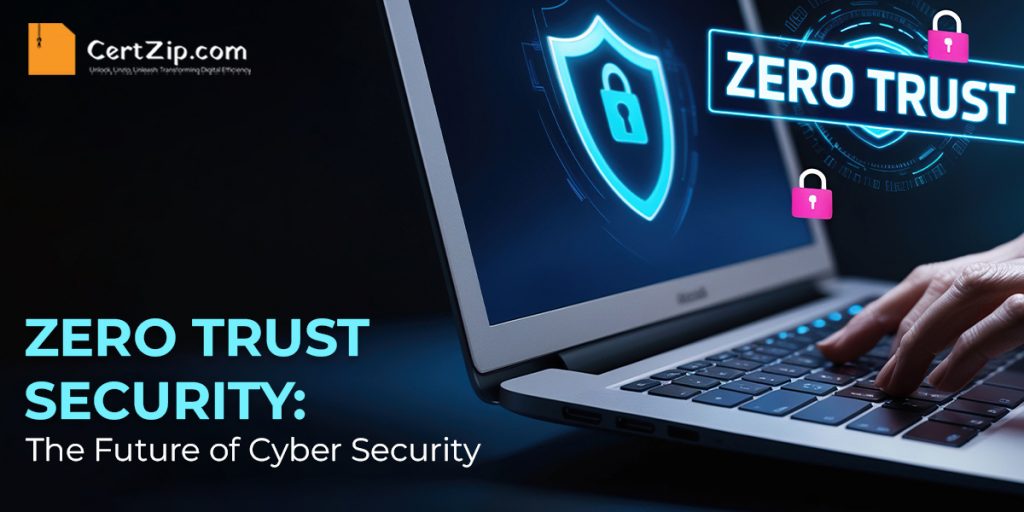Zero Trust Security
Future of Cyber Security : In today fast-paced digital world, cybersecurity has become a top priority for organizations of all sizes. With cyber threats on the rise, traditional security approaches are no longer enough to protect sensitive data and systems. That’s where Zero Trust Security comes in. Zero Trust Security is a security model that assumes that all devices, users, and applications on a network are untrusted, regardless of their location or ownership. This means that every request attempting to access resources on a network must be verified before it is granted access. In other words, nothing is trusted by default, and every request is treated as a potential security risk.
The Zero Trust Security model was first introduced by Forrester Research in 2010, but it has gained widespread adoption in recent years as more organizations recognize the limitations of traditional security models. The rise of cloud computing, mobile devices, and remote work has made it easier for attackers to exploit vulnerabilities and gain access to sensitive data. Zero Trust Security provides a more proactive approach to security that can help organizations mitigate these risks.
The Zero Trust Security model is based on four key principles:
1. Verify: Verify the identity of every user and device attempting to access resources on a network.
2. Limit: access to only the resources that users and devices need to perform their jobs.
3. Assume breach: Assume that a breach has already occurred, and monitor all activity on the network for potential threats.
4. Micro-segmentation: Create micro-segments within the network, and limit communication between them to reduce the risk of lateral movement by attackers.
Implementing a Zero Trust Security model requires a shift in mindset and a willingness to challenge traditional assumptions about security. It also requires a range of technologies and processes, including multi-factor authentication, network segmentation, and continuous monitoring of network activity.
The benefits of Zero Trust Security are clear. By assuming that all devices and users on a network are untrusted, organizations can reduce the risk of a security breach and minimize the impact of any breaches that do occur. Zero Trust Security also provides greater visibility into network activity, making it easier to detect and respond to potential threats.
In conclusion,
Zero Trust Security is the future of cybersecurity. With traditional security models no longer effective in today’s digital landscape, organizations need a more proactive approach to security that can help them mitigate the risks posed by cyber threats. The Zero Trust Security model provides a framework for achieving this goal and should be a top priority for any organization looking to protect its data and systems from attack. Future of Cyber Security


